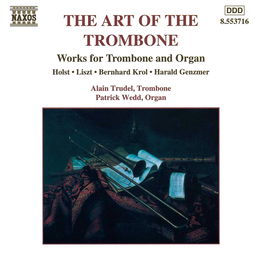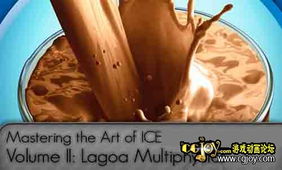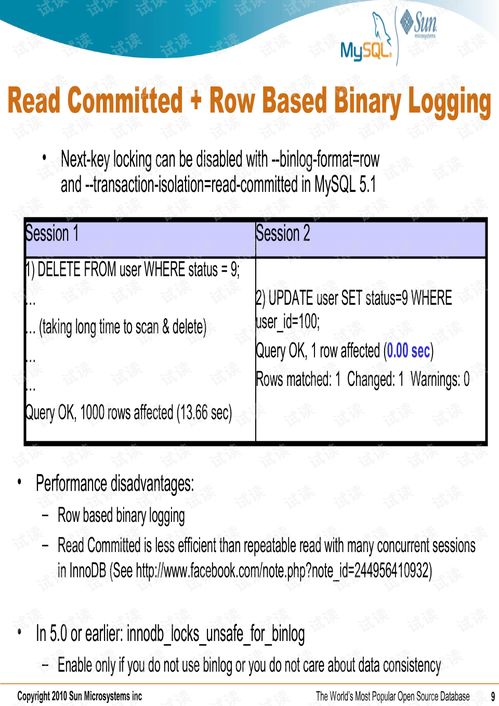The Art of Baiting and Catching Whitebait: A Comprehensive Guide
Fishing for whitebait can be an incredibly rewarding experience, offering anglers the chance to target these elusive and delicious fish. However, to be successful in this endeavor, it's crucial to master the art of baiting and the techniques specific to catching whitebait. In this article, we'll delve into the essential tips and tricks for baiting effectively and how to improve your chances of landing a whitebait.
Understanding Whitebait Behavior
Before we dive into the specifics of baiting and fishing techniques, it's important to understand the behavior of whitebait. Whitebait, also known as herring or smelt, are typically found in freshwater and brackish environments. They are known for their voracious appetites and are attracted to a variety of baits. However, they are also quite elusive and can be difficult to catch due to their small size and swift movements.
Choosing the Right Bait
The choice of bait is crucial when fishing for whitebait. Here are some of the most effective baits to use:
Live Baits: Live baits such as worms, minnows, or small fish are highly effective for whitebait. These baits mimic the natural prey that whitebait feed on and can be very enticing.
Artificial Lures: Artificial lures, such as spinners, jigs, and flies, can also be effective. These lures mimic the movement of insects or small fish and can attract whitebait from a distance.
Natural Food Sources: Some anglers have success using natural food sources such as corn, bread, or even cheese as bait. These baits are easy to prepare and can be effective, especially in areas where live baits are scarce.
Baiting Techniques
Once you've chosen your bait, it's important to know how to present it to the whitebait effectively. Here are some key baiting techniques:
Natural Presentation: If using live baits, it's best to present them as naturally as possible. This means using a light touch and allowing the bait to swim freely in the water.
Artificial Lures: When using artificial lures, it's important to mimic the natural movements of the prey that whitebait feed on. This can include quick twitches, slow retrieves, or even erratic movements.
Natural Food Sources: When using natural food sources like corn or bread, it's best to use a small piece and present it in a way that allows it to sink slowly to the bottom.
Fishing Techniques for Whitebait
Now that you have your bait ready, it's time to focus on the fishing techniques. Here are some essential tips:
Choose the Right Equipment: Use a light rod and a sensitive reel. Whitebait are small, so you need equipment that can detect even the smallest bites.
Patience is Key: Whitebait can be quite elusive, so patience is essential. Wait for the fish to come to you rather than trying to force them.
Location, Location, Location: Whitebait are often found in specific areas, such as river mouths, shallow waters, or near structures like rocks and logs. Focus your efforts in these areas.
Adjust Your Technique: Depending on the conditions and the behavior of the whitebait, you may need to adjust your technique. This could mean changing your bait, lure, or presentation style.
Be Mindful of the Environment: Always be aware of your surroundings and the environment you're fishing in. This includes respecting the local wildlife and ensuring that your fishing activities do not disrupt the ecosystem.

Conclusion
Catching whitebait can be a challenging but incredibly satisfying experience. By understanding the behavior of whitebait, choosing the right bait, and mastering the techniques for baiting and fishing, you'll be well on your way to success. Remember, patience, practice, and a deep understanding of the environment will serve you well in your quest for these elusive fish. Happy fishing!












